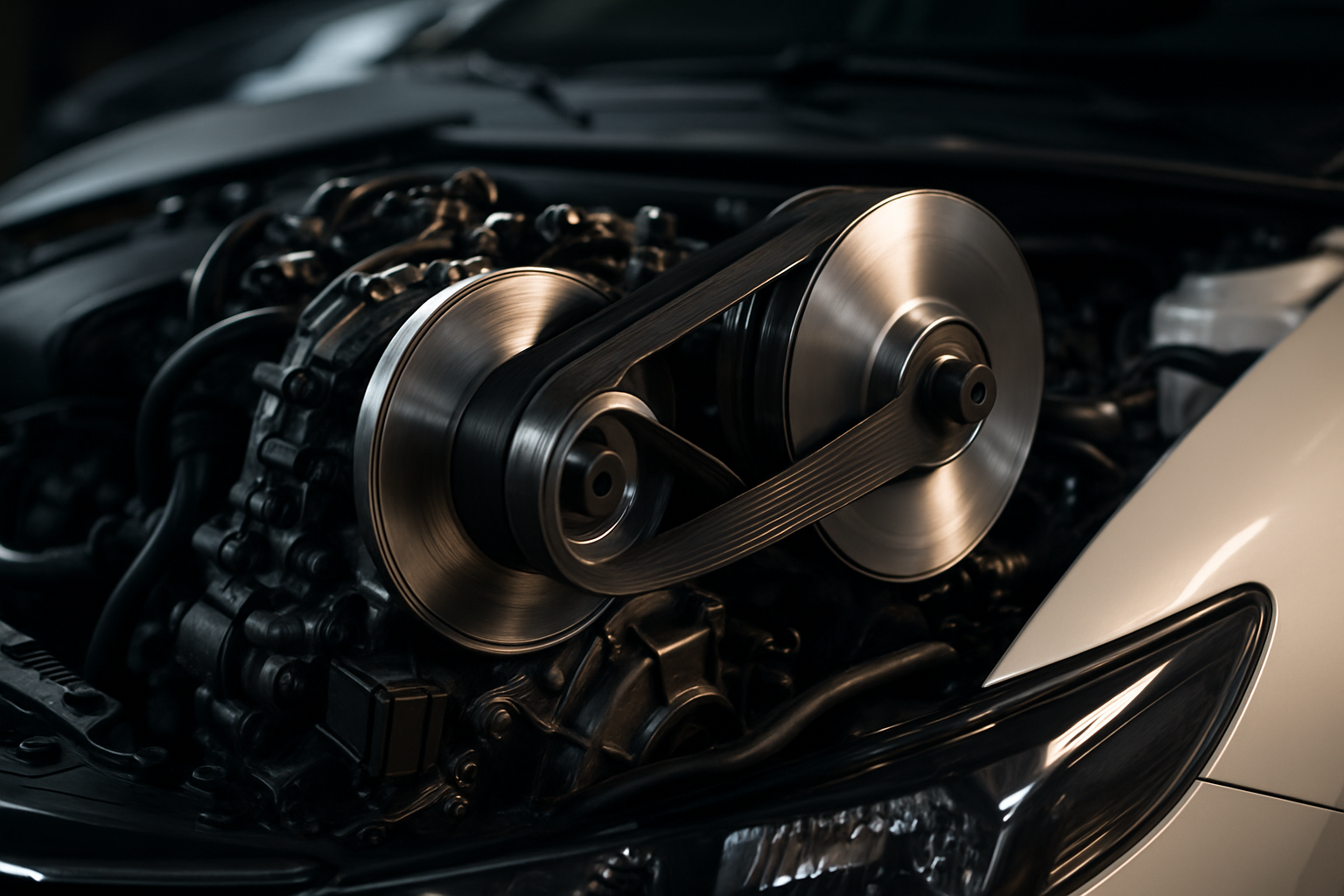Thermal Management in High-Performance Racing Engines
The roar of engines, the smell of burning rubber, and the sight of sleek machines pushing the limits of physics – this is the world of high-performance racing. But beneath the glossy exteriors and behind the thrilling speeds lies a crucial yet often overlooked aspect of automotive engineering: thermal management. In the relentless pursuit of speed, managing heat has become one of the most critical challenges faced by racing teams and engine designers.

The Heat is On: Understanding the Challenge
Racing engines operate at the extreme edge of mechanical capability, generating enormous amounts of heat as a byproduct of their incredible power output. Temperatures in a Formula 1 engine can soar to over 1,000 degrees Celsius in the combustion chamber, while cylinder head temperatures often exceed 300 degrees Celsius. These extreme conditions pose significant challenges to engine longevity and performance.
Heat is the enemy of efficiency in an engine. As temperatures rise, metal components expand, potentially leading to decreased tolerances and increased friction. Lubricants break down more quickly, reducing their effectiveness in protecting vital engine parts. In the most extreme cases, excessive heat can cause catastrophic engine failure, ending a race prematurely and potentially putting drivers at risk.
Cooling Systems: The Unsung Heroes of Racing
At the heart of thermal management in racing engines are advanced cooling systems. These systems have evolved far beyond the simple radiators found in everyday vehicles. Modern racing engines employ a complex network of coolant passages, precisely engineered to target the most critical heat-generating areas.
One innovative approach is the use of split cooling systems. This design separates the cooling circuits for the cylinder head and engine block, allowing for more precise temperature control in different engine areas. By maintaining optimal temperatures in specific regions, engineers can fine-tune engine performance and reliability.
Materials Science: Engineering at the Molecular Level
Advancements in materials science have revolutionized thermal management in racing engines. High-tech ceramics and composite materials are increasingly used in engine components due to their superior heat resistance and thermal properties.
Ceramic coatings, for instance, are applied to exhaust systems and combustion chambers. These microscopically thin layers act as thermal barriers, reflecting heat and protecting underlying metal components. Some racing teams have even experimented with ceramic engine blocks, although the brittleness of ceramics presents its own set of challenges in high-stress racing environments.
Oil: More Than Just Lubrication
While most people think of oil primarily as a lubricant, in racing engines, it plays a crucial role in thermal management. Modern racing oils are highly engineered fluids designed not only to reduce friction but also to act as efficient heat transfer mediums.
Oil jets, strategically placed within the engine, spray a fine mist of oil onto the underside of pistons and other critical components. This not only lubricates but also provides significant cooling. Some advanced systems even use the oil as the primary coolant, eliminating the need for traditional water-based cooling systems and reducing overall engine weight.
The Aero-Thermal Balancing Act
Thermal management in racing extends beyond the engine itself. The aerodynamics of the vehicle play a crucial role in cooling. Engineers must strike a delicate balance between aerodynamic efficiency and thermal management.
Air intakes and vents are carefully designed to direct cool air to radiators and brake systems while minimizing drag. Some racing cars employ active aerodynamic elements that can adjust on the fly, opening additional cooling vents when temperatures rise and closing them to reduce drag on long straights.
The Future of Heat Management in Racing
As racing technology continues to evolve, so too do thermal management strategies. One promising area of development is the use of phase-change materials (PCMs). These substances absorb large amounts of heat as they change from solid to liquid, potentially providing a passive cooling solution for specific engine components.
Another frontier is the integration of thermal management with energy recovery systems. In hybrid racing powertrains, the heat generated by engines and braking systems can be captured and converted into electrical energy, simultaneously cooling critical components and boosting performance.
The world of thermal management in high-performance racing engines is a testament to human ingenuity and the relentless pursuit of speed. As racing continues to push the boundaries of what’s possible, the battle against heat remains a critical frontier. The technologies and strategies developed in this high-stakes arena not only determine victory on the track but also drive innovations that eventually find their way into everyday vehicles, making our roads safer and more efficient.
From advanced materials and cooling systems to innovative aerodynamics and energy recovery, the quest to tame the heat in racing engines is a multifaceted challenge that continues to drive automotive engineering forward. As we look to the future, one thing is certain: in the world of high-performance racing, staying cool under pressure will always be a winning strategy.





